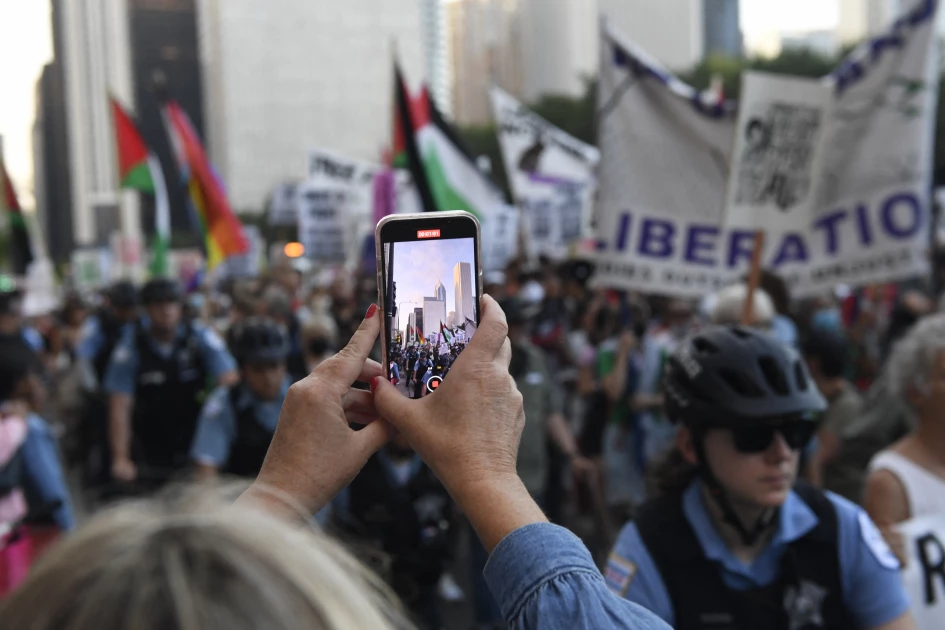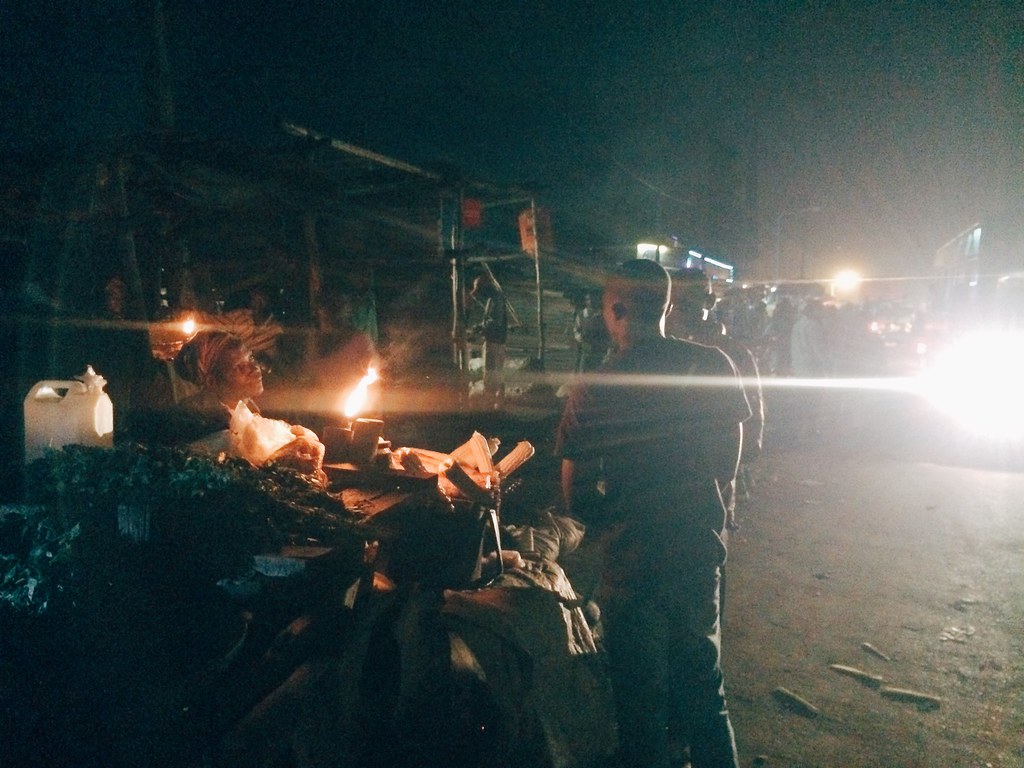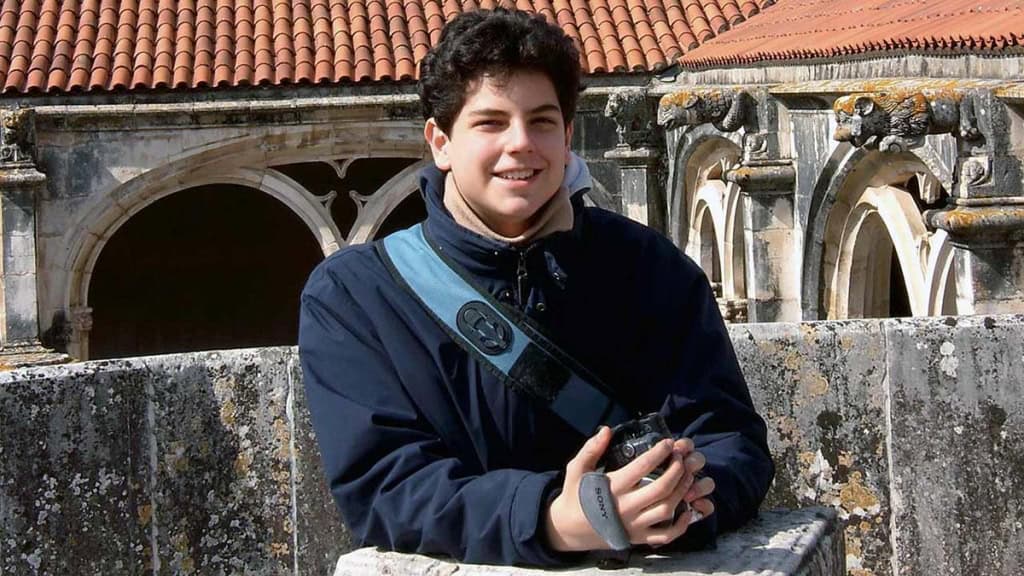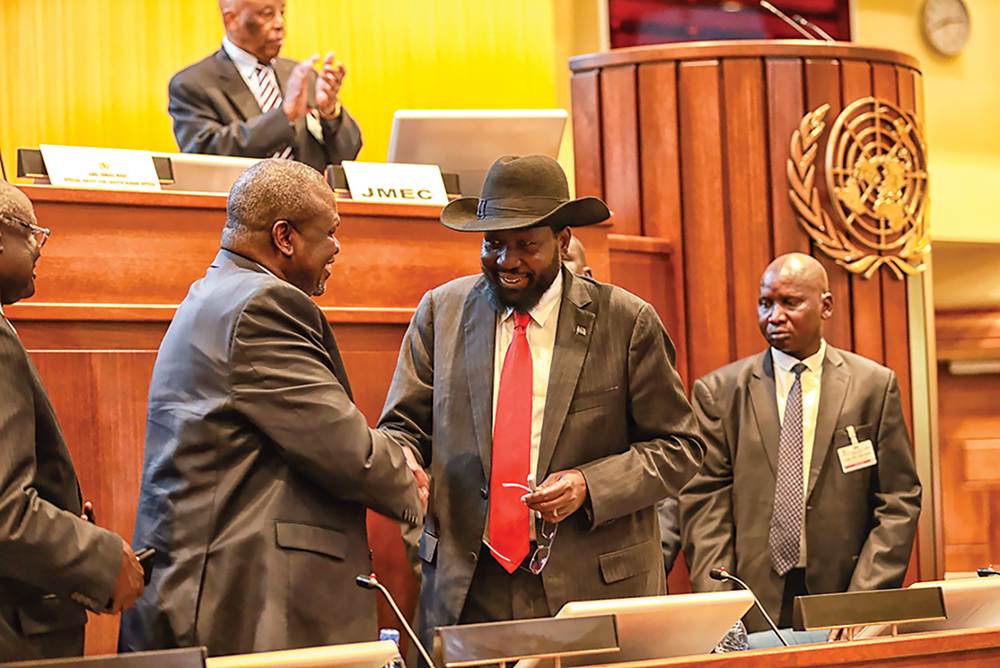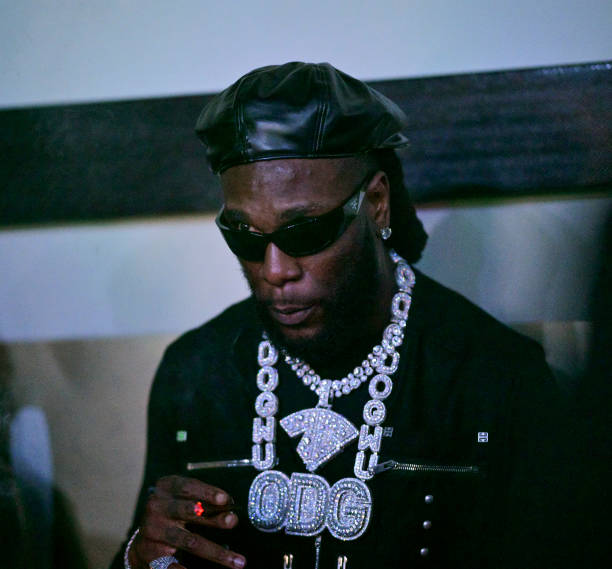By June Wambui
In the fall of 1978, a 15-year-old girl stood on the side of the road in California, thumb out, backpack slung over her shoulder, dreams of independence swelling in her chest. Her name was Mary Vincent, a high schooler caught between a broken home and a need for freedom, like many teens her age. But her name would soon be etched into the darkest corners of American criminal history—not because she disappeared, but because she lived.
What happened to Mary Vincent is the kind of story that lives at the intersection of horror and resilience. It’s a tale of unimaginable violence—and a triumph of spirit so profound, it still shakes the conscience of a world hardened by tragedy.
The Ride That Changed Everything
Mary was hitchhiking from Berkeley to Los Angeles to visit her grandfather. It wasn’t uncommon then; thumbing rides was a cultural norm in ’70s America. When a seemingly kind older man pulled over in a blue van, Mary hesitated. Something didn’t feel right. But when he mentioned he had room for only one passenger—despite the presence of other hitchhikers—Mary, desperate to reach home, ignored her instincts and got in.
That man was Lawrence Singleton, a 51-year-old former merchant seaman. Within hours, her worst fears came true. He drove her to an isolated location where he brutally raped her multiple times, beat her with a sledgehammer, and finally—committed an act so horrifying it almost defies belief.
He cut off both her forearms with a hatchet.
Left For Dead—But Not Defeated
After mutilating her, Singleton dumped her body off a 30-foot cliff into a ravine, leaving her to bleed out and die alone.
But Mary did not die.
With raw survival instinct and unimaginable willpower, she packed her bleeding stumps with dirt and mud to stop the bleeding, pushed her broken body back up the cliff using only her legs, and walked over three miles—naked, in shock, drenched in blood—until she flagged down a couple on their honeymoon who rushed her to the hospital.
She had lost over half her blood volume. But she refused to die.
A Survivor, A Fighter
Even in her hospital bed, barely conscious, Mary worked with police to create a composite sketch of her attacker. She didn’t sleep until the drawing was finished. Thanks to her brave identification, Singleton was arrested within 10 days and convicted of rape, attempted murder, kidnapping, and torture.
But then, justice failed her.
Because of California’s sentencing laws at the time, the maximum sentence was just 14 years. He served only eight—released early for “good behavior.”
Let that sink in: a man who raped a teenager, cut off her arms, and left her to die—walked free in under a decade.
When Singleton was released, public outrage was so fierce that no neighborhood would accept him. Communities in California chased him out with protests. He had to live in a trailer on prison grounds under 24-hour guard until Florida eventually took him in.
And Then He Killed Again
In 1997, nearly 20 years after attacking Mary, Singleton committed another heinous crime: he murdered a mother of three, Roxanne Hayes, a sex worker he lured into his home. He stabbed her to death.
Once again, Mary Vincent—now a grown woman—stood in court, looked her attacker in the eye, and testified. This time, he was sentenced to death, though he died of cancer in prison before he could be executed.
The Woman She Became
Mary’s story could have ended there—a brutal crime, a broken system, and a killer who refused to change.
But that’s not where her story ends.
Mary went on to build a new life. She received custom prosthetic arms and taught herself how to use them. She studied art, raised two sons, and began to pour her pain into her passion—creating haunting, beautiful drawings, many of them focused on strong female figures.
Her artwork has been displayed in galleries. Her voice has reached universities, prisons, and survivor forums. And quietly, without fanfare, she founded the Mary Vincent Foundation, dedicated to supporting victims of violent crime and helping them reclaim their lives.
She did it all while staying mostly out of the public eye. She never chased fame. She never wanted pity. She simply wanted others to survive like she did.
The Legacy of Her Strength
Mary Vincent’s story isn’t just a true crime narrative. It’s a case study in courage, a rebuke of victimhood, and a rallying cry for legal reform.
Her case helped fuel public pressure that led to tougher sentencing laws for violent crimes, including the so-called “Singleton Bill,” which enforces minimum 25-year sentences for similar offenses in California.
She became a national symbol not only of survival but of justice delayed and fought for.
Final Word: Not a Victim, But a Victor
To hear Mary Vincent’s name is to remember the unimaginable. But it’s also to remember the power of the human spirit.
She was not just a teenager who survived an attack.
She is a woman who rebuilt herself—physically, emotionally, and spiritually.
And in a world so often numb to trauma, Mary reminds us of something deeply human:
“Your body can be broken, your world can be shattered, but your will—your will can survive anything.”


